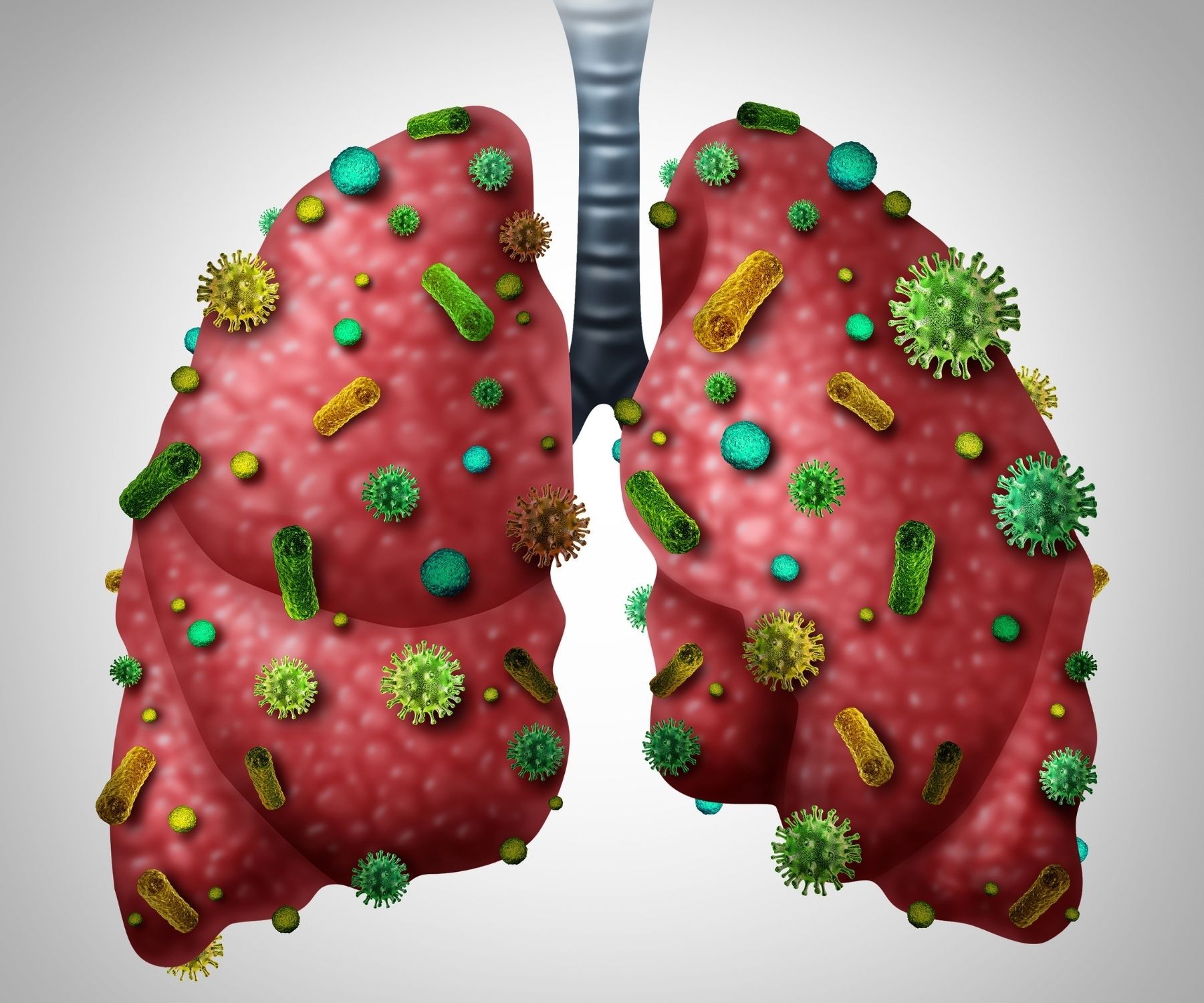Table of Contents
Are there any health risks associated with using a humidifier?
Yes, there are some potential health risks to be aware of when using a humidifier. The stagnant water inside the tank can promote the rapid growth of mold, fungi, bacteria and other microorganisms. When dispersed into the air, these contaminants can cause ill health effects if inhaled or come into contact with lungs and airways. It’s essential to take proper precautions to minimize risks and safely operate your humidifier.
According to the Environmental Protection Agency (EPA), humidifiers can cause indoor air quality issues due to dispersing microorganisms, minerals, and other pollutants into the air if not properly maintained and disinfected.
Main Health Risks of Humidifiers
Mold and Bacteria Growth
The number one risk with humidifiers is microbial growth in the water tank. The warm, stagnant water provides ideal conditions for the rapid reproduction of mold, fungi, and bacteria such as pseudomonas species, serratia species, and nontuberculous mycobacteria (NTM).
When these microorganisms become aerosolized in the mist output by the humidifier, they can be easily inhaled. This puts you at risk for lung infections, hypersensitivity pneumonitis, “humidifier fever”, and other respiratory issues.
Babies, children, the elderly and those with compromised immune systems or lung diseases are most vulnerable to these health risks.
To prevent microbial growth, it’s crucial to:
- Clean and disinfect the tank daily
- Rinse and dry all parts after use
- Follow manufacturer guidelines for maintenance
- Use distilled or filtered water
- Keep humidity levels below 50%
Dispersion of Minerals and Sediments
Certain types of humidifiers, especially ultrasonic and impeller (cool mist) models, can disperse white mineral dust into the air. This comes from minerals naturally present in tap water that get extracted and atomized by the humidifier.
Inhaling the mineral dust particles can cause respiratory issues like:
- Coughing
- Congestion
- Asthma attacks
- Lung inflammation
- Increased infections
Children and those with pre-existing lung diseases are at higher risk. To reduce mineral dust, use distilled, demineralized or filtered water in your humidifier.
Excess Moisture and Allergies
Humidifying the air too much can create an environment inside your home that exacerbates allergies and asthma. High humidity promotes growth of mold, dust mites, and other allergens.
Additionally, breathing air that is too humid can make it more difficult for lungs to clear mucus in some individuals. This can trigger increased coughing, chest tightness, and wheezing.
Use a hygrometer to monitor humidity levels and keep your home between 30-50% relative humidity. Also monitor for any worsening allergy or asthma symptoms and adjust humidifier use accordingly.
Burns from Steam Vapor
Warm mist humidifiers work by heating water to produce steam vapor. This hot steam can cause burns if you come into direct contact with it.
Keep humidifiers out of reach from children to avoid accidental burns. Do not touch steam vents or attempt to handle or refill a warm mist humidifier while it is turned on and still hot.
| Type of Humidifier | Main Associated Health Risks |
|---|---|
| Ultrasonic | Dispersion of mineral dust particles; Microbial growth |
| Impeller (Cool Mist) | Dispersion of mineral dust particles; Microbial growth |
| Warm Mist | Burns from hot steam vapor; Microbial growth |
| Evaporative | Microbial growth; Allergen accumulation on wicks |
Tips for Safe and Proper Humidifier Use
When used with care, cleaned properly and maintained well, humidifiers can safely and effectively relieve dry air. Here are some tips for minimizing health risks:
Choose the Right Model
Consider the pros and cons of each humidifier type:
- Cool mist ultrasonic: Quiet and energy-efficient but can disperse mineral dust. Look for built-in filters.
- Warm mist: Provides soothing visible vapor but risk of burns. Disperses less mineral dust.
- Evaporative: Uses natural evaporation, less risk of dispersing minerals. But requires frequent wick changes.
Clean and Disinfect the Tank
Clean the tank thoroughly every day with a dilute bleach solution or vinegar and water mixture. Rinse well and allow all parts to dry completely between uses to prevent microbial growth.
Change Filters and Wicks
If your humidifier has a filter, replace it as often as recommended by the manufacturer. For evaporative models, change the wick frequently to avoid buildup of minerals and allergens.
Use Purified Water
Fill your humidifier with cool, distilled or demineralized water. This will prevent dispersion of minerals through the mist. Do not use untreated tap water.
Monitor Humidity Levels
Use a hygrometer to keep the humidity between 30-50%. Too high can promote microbial growth. Too low will make the air feel overly dry.
Allow Proper Clearance
Place the humidifier at least 2 feet away from walls, furniture, bedding and belongings. This prevents moisture damage like mold/mildew growth.
Follow Instructions
Carefully read and follow manufacturer directions for filling, cleaning, maintenance and cautions for safe operation.
Top Pick For Anti Microbial Humidifiers
PureGuardian H5450BCA View on Amazon View on Amazon |
The Bottom Line on Humidifier Health Risks
Humidifiers can benefit health when used properly by relieving dryness and congestion. However, take precautions to minimize risks like:
- Clean and disinfect the tank daily
- Use purified water to reduce mineral dust
- Monitor humidity levels with a hygrometer
- Allow proper clearance from walls and furniture
- Choose models with antimicrobial and filtration features
- Be attentive to allergies or asthma getting worse
- Keep humidifiers out of reach of children
With attentive care and maintenance, you can safely add moisture to the air using a humidifier and avoid potential health hazards.








